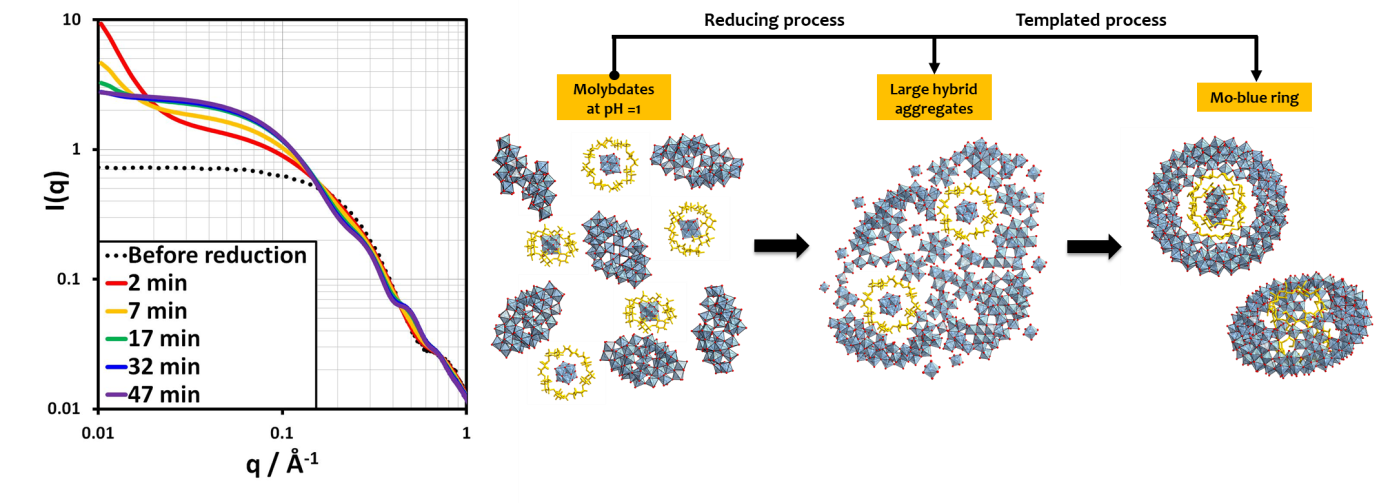You are here : ILVENResearch TeamsMIMInteractions@MIM
- Partager cette page :
- PDF version
Interactions@MIM
The work of the " Interaction " axis is based on the use of advanced laboratory characterization techniques such as X-ray diffraction on powder or single-crystals, and NMR spectroscopy of liquids or solids. We also carry out structural investigations using major research infrastructures such as synchrotron (SOLEIL, ESRF, DESY) and neutron (ILL) radiation sources, or very high field NMR spectrometers. Today, our expertise covers advanced NMR methods, X-ray diffraction (powder and single-crystal), small-angle scattering (SAXS/SANS) or total scattering (PDF in collaboration), and more recently X-ray absorption spectroscopy (EXAFS, XANES in collaboration).
NMR Spectroscopy

NMR is used to characterize the structure and dynamics of molecules in solution and solid materials, whether crystallized or amorphous, on a local scale. In this context, the team is developing a solid NMR activity for problems linked either to porous materials (zeolites, MOFs) and their composites (POM@MOF, nanobioMOF) or to POM-based molecular materials. The MIM team is also recognized for its expertise in liquid NMR, and more particularly for its use of multinuclear approaches and multidimensional techniques such as DOSY (Diffusion Ordered SpectroscopY).
Recent publications
X-ray diffraction

The porous hybrid solids studied in the Materials axis are generally obtained as polycrystaline form. Since knowledge of structure/property relationships is a prerequisite for their rational use, ab initio structural resolution based on X-ray powder diffraction is essential. Depending on the complexity of the structures studied, data from both conventional sources and synchrotrons (SOLEIL and ESRF) are used. The MIM team is also involved in developing methods for analyzing microcrystals using serial crystallography.
Recent publications
Small-Angle Scattering (SAXS/SANS)
 To meet the challenges of characterizing aggregates in solution with dimensions ranging from 1 to 100 nm, the team has extended its field of expertise to include small-angle scattering techniques (SAXS/SANS). These techniques, which provide essential information on the growth and aggregation processes of particles or molecular objects in solution, have enabled the "Molecules" axis to develop new research themes focusing on soft matter and its properties.
To meet the challenges of characterizing aggregates in solution with dimensions ranging from 1 to 100 nm, the team has extended its field of expertise to include small-angle scattering techniques (SAXS/SANS). These techniques, which provide essential information on the growth and aggregation processes of particles or molecular objects in solution, have enabled the "Molecules" axis to develop new research themes focusing on soft matter and its properties.






